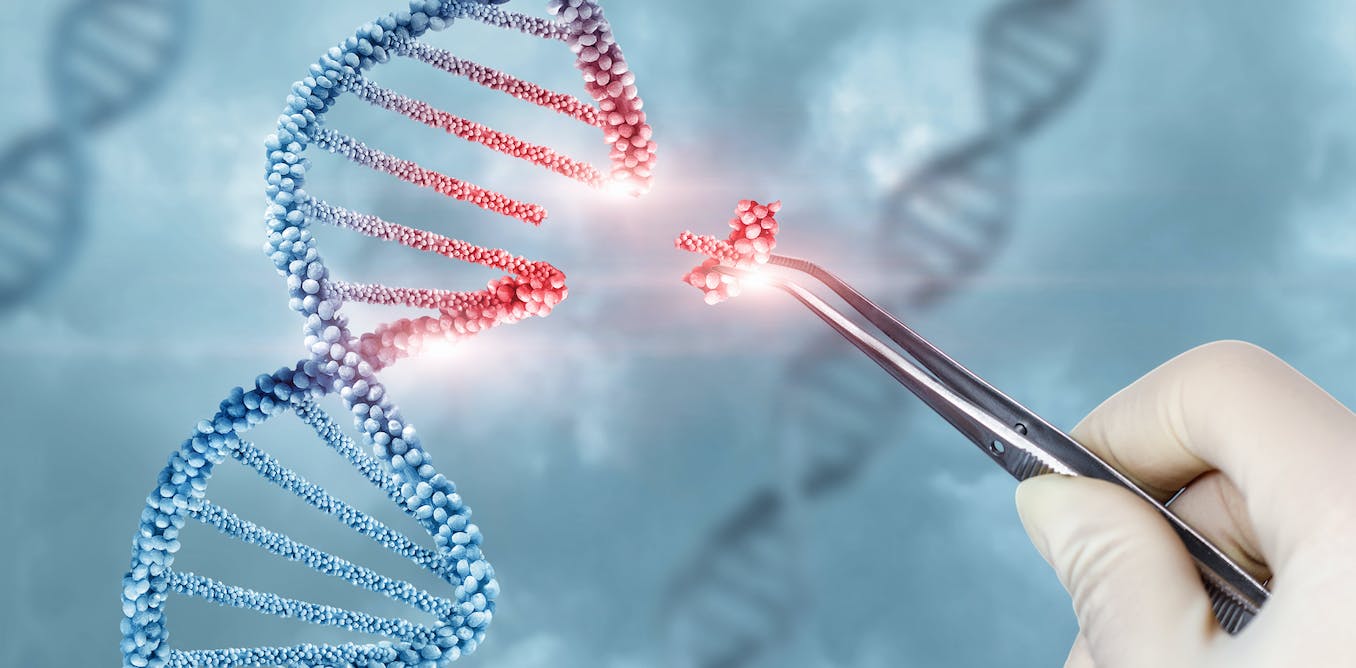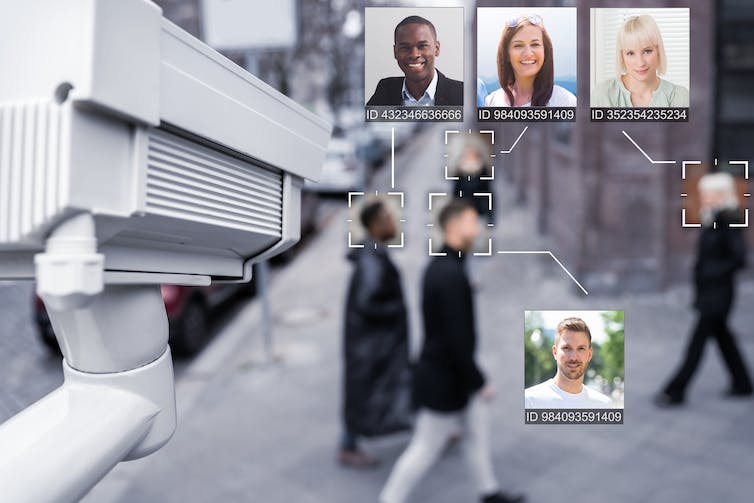Genetic diseases can have devastating consequences for the people who inherit them. In recent years, scientists have found that there are human genetic diseases that might be treatable, and perhaps even curable, through gene editing. Gene editing is the process by which sections of a person’s DNA are altered. Commonly compared to a word processor or a pencil and eraser, precision gene editing agents can alter sections of a person’s genome to correct “misspellings,” or mutations, in their DNA.
David Liu is a professor of natural sciences at Harvard University. He co-founded several biotechnology companies including Prime Medicine, Beam Therapeutics, Editas Medicine, Chroma Medicine, Pairwise Plants, Exo Therapeutics, Resonance Medicine, and Nvelop Therapeutics. Liu and his team pioneered base editing and prime editing, two new innovative methods of gene editing that allow for precise alterations to a person’s genetic code.
In March, Liu spoke at the 2023 Imagine Solutions Conference in Naples, Florida, about how gene editing works, why it is important, and the strides he and his team have made in the field so far.
What is gene editing, and why are scientists interested in developing and using this tool?
Gene editing is a technique that makes it possible to purposefully change genes in the DNA of different organisms, including crops and animals. Scientists are interested in developing and using genome editors because they are powerful tools for studying biology, treating human diseases and improving agriculture. More than 50 clinical trials using gene editing to treat a variety of disorders are in progress.
According to the U.S. National Human Genome Research Institute, around 280 million individuals worldwide live with a rare genetic disease. Most of these individuals have few to no treatment options, leaving them resigned to their genetic fate.
Can you explain the difference between base and prime editing? Why would scientists use one over the other?
Neither base editors nor prime editors exist in nature; instead, both were engineered in our laboratory from natural and laboratory-evolved components.
Base editing, often compared to a pencil and eraser, can precisely and efficiently correct four of the most common types of misspellings that occur in DNA, together accounting for about 30% of all known disease-causing DNA errors. Base editors perform a chemical reaction on an individual DNA letter, or “base,” rearranging its atoms to instead become a different DNA base. But base editing cannot be used to correct mistakes such as extra letters, missing letters or the remaining types of single-letter misspellings in DNA.
In contrast, prime editors, sometimes compared to the “search and replace” feature in a word processor, can replace any stretch of up to hundreds of DNA letters with virtually any other sequence of letters. In theory, the versatility of prime editing makes it possible to correct most known DNA misspellings that cause disease by restoring the typical DNA sequence.
Base editing and prime editing each have their own strengths and weaknesses. Whether a scientist should use base or prime editing depends on numerous factors such as the specific sequence being edited, its unique sequence context, whether the edit will be made inside an animal or patient, and the specific goals of the scientist.
How can gene editing treat disease?
The words “bean” and “been” differ by only a single letter, yet they have completely different meanings. In a cellular context, a single-letter misspelling in a specific position in a person’s DNA – for example, from a C to a T – can mean the difference between a healthy individual and an individual with progeria, a rare genetic disease that causes children to age rapidly. Base editing has the potential to correct these small but critical DNA misspellings to reverse or cure disease.
In a 2021 study that I conducted in collaboration with scientists at the National Institutes of Health and Vanderbilt University, we used base editing to reverse progeria in mice and more than doubled their life span. In the same year, we used base editing to convert a diseased form of the hemoglobin gene HBB to a benign variant to treat sickle-cell disease in mice.
Base editing has also been successfully used in humans. After treatments of chemotherapy and a bone marrow transplant failed to treat 13-year-old Alyssa’s pediatric leukemia, she enrolled in a clinical trial led by Waseem Qasim’s team at the University of College London. The base-edited T-cells cleared Alyssa’s cancer and she remains in complete remission seven months later.
What implications does prime editing have for the study and treatment of genetic disease and human health?
Much like base editing, prime editing has tremendous implications for studying and treating genetic diseases. Because of its unique ability to make virtually any localized change in DNA at a target sequence, prime editing has the potential to correct a much larger number of mutations that are known to cause genetic diseases than was previously possible. Before prime editors can be used routinely to treat genetic diseases, however, they must be tested for their safety and efficacy in patients, and for their compatibility with different delivery platforms.
Additionally, the therapeutic application of any genome editing technology requires a clear understanding of the relationship between the genetic mutation and the resulting disease to ensure that the benefits outweigh the risks.
What recent or ongoing development are you most excited about in your field?
I am excited that many labs, including my own, are developing methods to precisely install entire healthy genes into specific positions in the human genome. This could expand the potential therapeutic reach of gene editing.
I’m also excited about ongoing efforts to develop delivery technologies that can safely and efficiently deliver genome editing agents into target cells in animals and human patients. Genome editing agents are unable to easily enter cells because of their large size, unlike small-molecule drugs like ibuprofen and aspirin which can easily enter cells due to their low molecular weight. As a result, scientists have to use creative ways to deliver genome editors to their targets — a critical step if we hope to broaden the scope of therapeutic gene editing.
To this end, we recently developed engineered viruslike particles, which are capable of delivering base editors and prime editors into specific tissues in living organisms. As the field continues to develop and improve delivery methods, the promise of therapeutic genome editing will continue to include more patient communities.
What ethical aspects of this technology have you and other researchers considered?
There are several ethical issues surrounding the technology that researchers in the field have considered, including the challenges of achieving equitable access to genome editing technologies, the potential for increased stigmatization of marginalized individuals and the potential for misuse. In cases where the technology is used with good intent, such as to treat disease and alleviate suffering, questions of patient accessibility become paramount.
No fundamental technology is inherently good or bad, and the ability to edit our genomes is no exception. My hope continues to be that we collectively and thoughtfully choose to use these powerful technologies for the betterment of as many people as possible.



